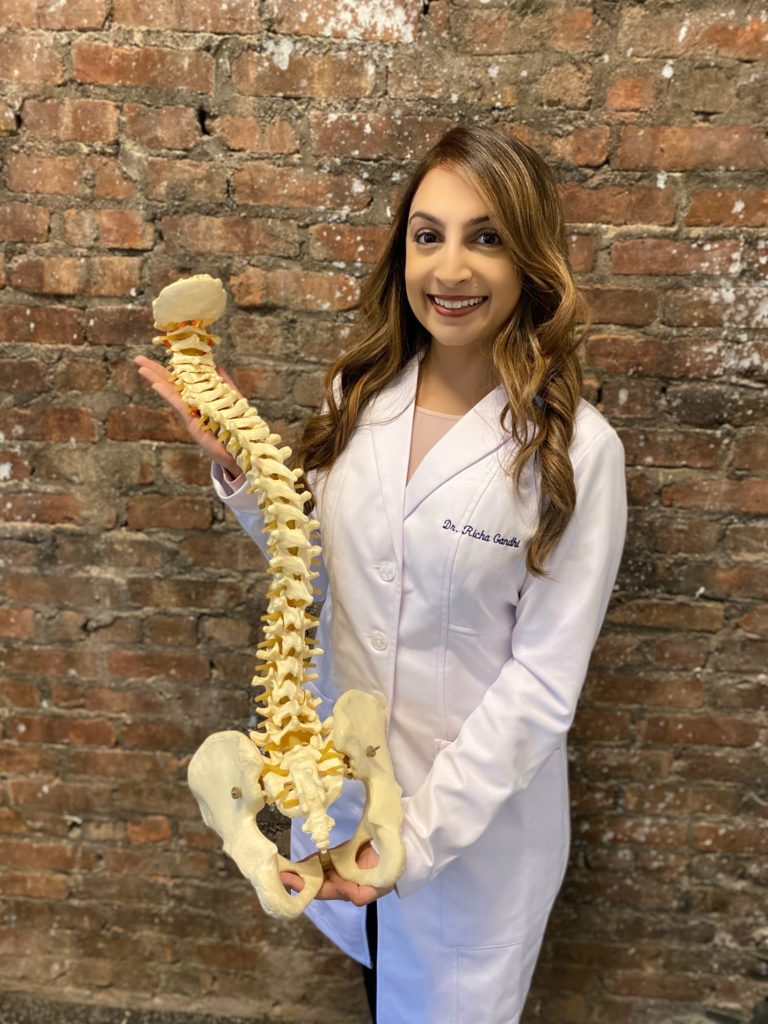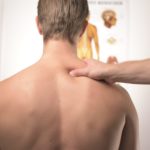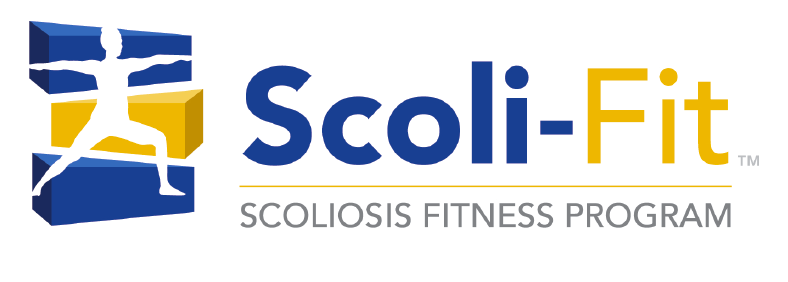Spinecor for Adult Scoliosis Click here |
| Should Adults With Scoliosis Use the Adult Spinecor Brace?On April 17 2009, the Adult spinecor Brace for Scoliosis was made available by Dr. Marc Lamantia and Dr. Gary Deutchman in all 14 offices throughout the United States. The new adult Spinecor brace design is more comfortable and hides even better under the clothes. Although Dr. Lamantia and Dr. Deutchman did the original research on adults and Spinecor, and have been fitting adults with scoliosis since 2004, the Spinecorporation now recommends spinecor for adult use. For more information on the Spinecor brace for adults with scoliosis call 1-800-281-5010 or email us by clicking on the link below. Although the Spinecor brace was originally developed for adolescent idiopathic scoliosis treatment, clinical uses for adults with scoliosis, patients with kyphosis and non-idiopathic scoliosis are encouraging. Adults with scoliosis are routinely referred for adult Spinecor bracing to our New York, Chicago, Atlanta, North Carolina, Denver, Buffalo, St. Louis, Tampa, Ft Lauderdale, Roswell (GA), Washington State, Dallas, Houston, Los Angeles, San Francisco and the Inland Empire (CA) offices. Since the first adult fitting in the Spinecor brace, Drs. Deutchman and Lamantia has fitted over 1000 patients with all types of curvatures. Adults with scoliosis often experience pain relief immediately when the Spinecor brace if fitted appropriately. Due to the nature of the adult spine with scoliosis, different Spinecor brace configurations were developed to successfully manage adult patients. Dr. Deutchman and Lamantia are unmatched in this area of expertise. Studies show adult scoliosis to be potentially progressive in nature and to be a major contributor to chronic pain, radiculopathy and neurogenic claudication. Due to the abnormal posture and muscle recruitment patterns associated with adult scoliosis, adult Spinecor bracing should be supported with specialized physiotherapy programs. Unlike a rigid brace, the Spinecor brace uses a rotational 3D Corrective Movement which has been shown to be effective in reducing scoliosis curvatures in adolescents and adults. The Spinecor brace is a dynamic system of elastic bands which uses gentle forces to change posture and movement patterns over time. It can easily be worn under the clothes, during exercise and at work. Adult scoliosis management differs from adolescent scoliosis treatments due to the long standing dysfunction of the motion segments of the spine and associated ligament degeneration. This may lead to subluxation (misalignment of the vertebra) and further degenerative change to both bone and soft tissues. Often, adult scoliosis treatment can be successful if the patient can tolerate the Spinecor brace. Careful evaluation and fitting procedures are necessary to ensure adults do not experience exacerbations of pain and nerve irritation. Spinecor brace research shows adults can achieve scoliosis curvature reduction despite reaching maximal bone maturity. Due to the fact that spinal deformities associated with scoliosis are not entirely from bone deformity, but include influences from ligament, disc and muscle function. Our adult Spinecor patients routinely respond in our program which may include Schroth Exerices and chiropractic care. Results vary between individuals. Chiropractic management is recommended when subluxations are detected. For more information contact one of our doctors. Video Testimonials of Adult Spinecor brace patients Video Testimonials of Spinecor brace patients References Natural history of the aging spine., Benoist M, Eur Spine J. 2003 Oct;12 Suppl 2:S86-9. Epub 2003 Sep 05. Orthopaedic Surgery Unit, Department of Rheumatology, Hopital Beaujon, 100 Bd du Gal Leclerc, 92110, Clichy, France. deuxmice@aol.com Spinal mobility and EMG activity in idiopathic scoliosis through dynamic lateral bending tests. Stud Health Technol Inform. 2002;91:130-4.,Ciolofan OC, Aubin CE, Mathieu PA, Beausejour M, Feipel V, Labelle H. Sainte-Justine Hospital, 3175 Cote Ste-Catherine Rd, Montreal, H3T 1C5, Canada. Biomechanical factors affecting progression of structural scoliotic curves of the spine. Lupparelli S, Pola E, Pitta L, Mazza O, De Santis V, Aulisa L. Stud Health Technol Inform. 2002;91:81-5 Clin. Orthop. Pol. A. Gemelli – University Cattolica del Sacro Cuore, Roma, ITALY. Degeneration of the human lumbar spine ligaments. An ultrastructural study. Yahia H, Drouin G, Maurais G, Garzon S, Rivard CH.Biomedical Engineering Institute, Faculty of Medicine, Montreal, Canada. Pathol Res Pract. 1989 Apr; 184(4): 369-75. Natural history of the aging spine., Benoist M, Eur Spine J. 2003 Oct;12 Suppl 2:S86-9. Epub 2003 Sep 05. Orthopaedic Surgery Unit, Department of Rheumatology, Hopital Beaujon, 100 Bd du Gal Leclerc, 92110, Clichy, France. deuxmice@aol.com Vestibular mechanisms involved in idiopathic scoliosis, Arch Ital Biol. 2002 Jan;140(1):67-80. Manzoni D, Miele F.Dipartimento di Fisiologia e Biochimica, Universita di Pisa, Via S. Zeno 31, I-56127 Pisa, Italy. |
| Contact: Gary A. Deutchman, D.C. and Marc J. Lamantia M.S.,D.C.1-800-281-5010mailto:info@scoliosissystems.com |
Oct. 05, 2020
Adult Scoliosis is a Problem – Three Reasons Why

Mar. 25, 2020
A Quick Guide to Scoliosis and How to Deal With It

Mar. 19, 2020
Virtual Scoliosis Exercise and Nutritional Consultation Now Available Online

Mar. 17, 2020
Why Physiotherapy Is Beneficial for Scoliosis Patients – What to Know
Mar. 11, 2020
3 Common Types of Alternative Scoliosis Treatment Methods – What to Know
Let's Help You!
Scoli-Fit
NYC 160 Broadway 16th Floor New York NY 10038
inquiry@tristanp3.sg-host.com
